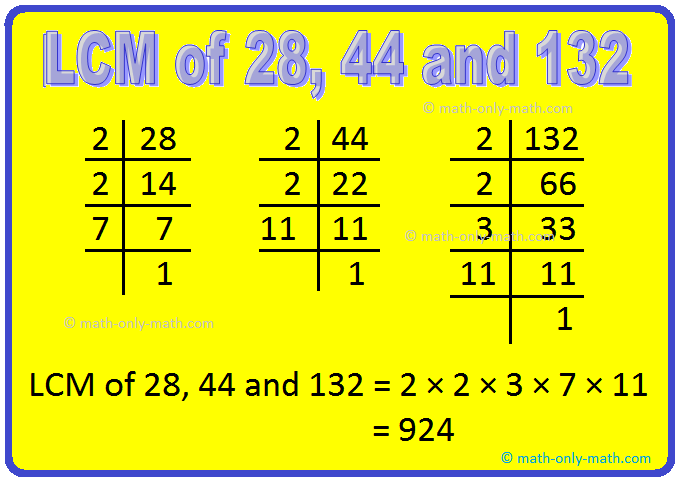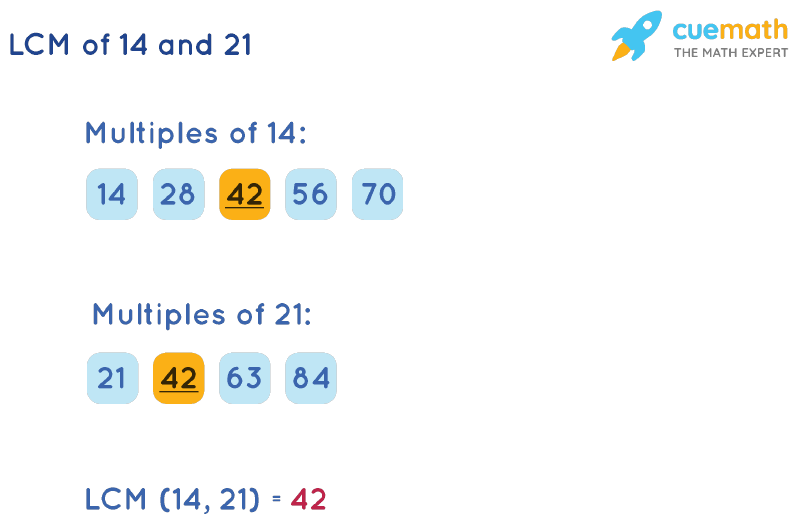What Is The Lcm Of 14 And 28

Panic gripped elementary math students nationwide as a simple question stumped thousands: What is the Least Common Multiple (LCM) of 14 and 28? A surge in frantic online searches has exposed a fundamental gap in mathematical understanding.
The inability of many to quickly determine the LCM of these two basic numbers highlights a critical deficiency in current math education. This knowledge gap is causing widespread anxiety and threatens to impact performance on standardized tests. The incident underscores a pressing need for immediate intervention and reinforced learning in foundational mathematical concepts.
The Question That Broke the Internet (For Fifth Graders)
The inquiry "What is the LCM of 14 and 28?" skyrocketed on search engines, reaching peak traffic on Tuesday afternoon. The sudden spike indicates a mass struggle with a concept typically introduced in upper elementary or early middle school math curricula.
The Correct Answer, For the Record
The LCM of 14 and 28 is, in fact, 28. This is because 28 is a multiple of both 14 (14 x 2 = 28) and itself (28 x 1 = 28). 28 is the smallest positive integer that is divisible by both 14 and 28.
To elaborate, the multiples of 14 are: 14, 28, 42, 56… and the multiples of 28 are: 28, 56, 84, 112… The smallest number appearing in both lists is 28.
Where Did the Confusion Originate?
Early speculation points to a variety of potential sources for the widespread confusion. Some educators believe the issue stems from an over-reliance on calculators and a lack of emphasis on manual calculation skills.
Others suggest that the wording of the question, when presented in a different context, may have led to misinterpretation. There is no evidence however, that supports a particular question or test that caused the problem.
Experts Weigh In On The Crisis
Dr. Anya Sharma, a professor of mathematics education at State University, expressed concern about the incident. “This highlights a need to re-evaluate how we are teaching basic number theory to our students,” she stated.
“The LCM is a foundational concept that underpins more advanced mathematical ideas. A weak understanding here will undoubtedly cause problems down the line.” Dr. Sharma added that schools should incorporate more hands-on activities and real-world examples to make the concept more tangible.
Mr. Ben Carter, a middle school math teacher at Northwood Middle School, noticed the trend in his own classroom. "I had several students asking about the LCM of 14 and 28 yesterday," he confirmed. "I spent extra time reviewing the concept and working through examples with them."
The Impact on Standardized Testing
The mass confusion surrounding the LCM could have significant implications for upcoming standardized tests. Many tests include questions that directly or indirectly rely on an understanding of LCM.
Students who struggle with this concept may find themselves at a distinct disadvantage. Parents and educators are being urged to address this knowledge gap promptly to prevent a decline in test scores.
Immediate Action Steps Being Taken
School districts across the country are scrambling to address the LCM knowledge gap. Many are implementing remedial programs and offering additional tutoring sessions. Online resources and educational videos are also being widely disseminated.
The Department of Education has released a statement acknowledging the issue and promising to provide support to schools. They are also exploring ways to improve math curricula and teacher training.
Educators are planning review lessons, focusing specifically on prime factorization and the steps involved in finding the LCM. Additional worksheets are being distributed for take-home practice.
What’s Next: Monitoring and Long-Term Solutions
The situation is being closely monitored. Follow-up assessments will be conducted to gauge the effectiveness of the interventions.
Long-term solutions are being discussed to prevent similar incidents from occurring in the future. These include revising math curricula, providing more professional development for teachers, and increasing parental involvement.
The incident serves as a wake-up call, highlighting the importance of strong foundational skills in mathematics. A collaborative effort between educators, parents, and policymakers will be crucial to ensuring that all students have the tools they need to succeed.


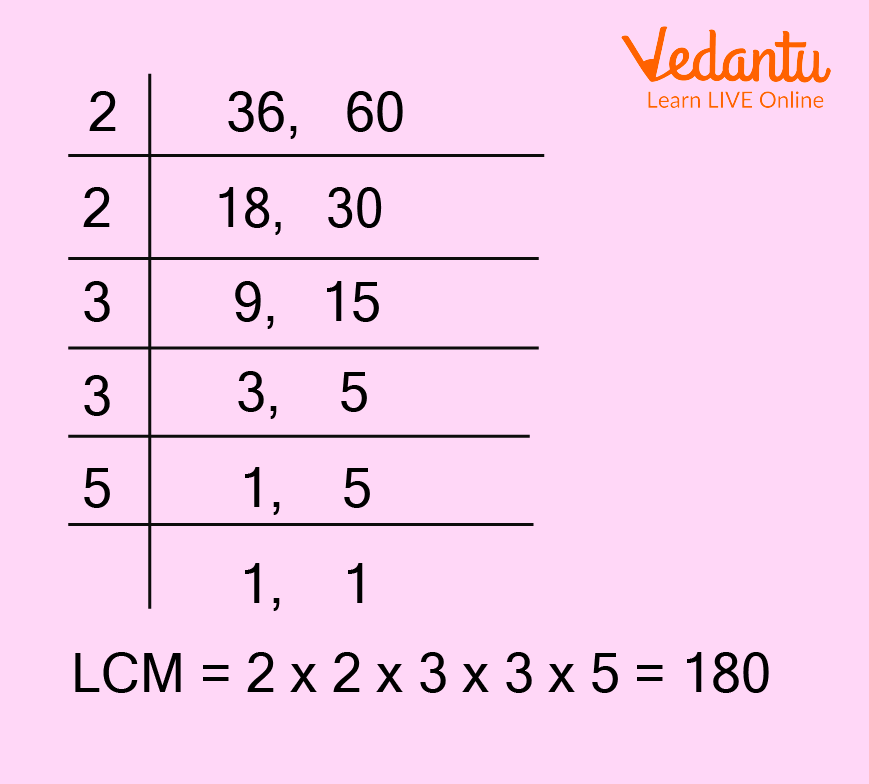

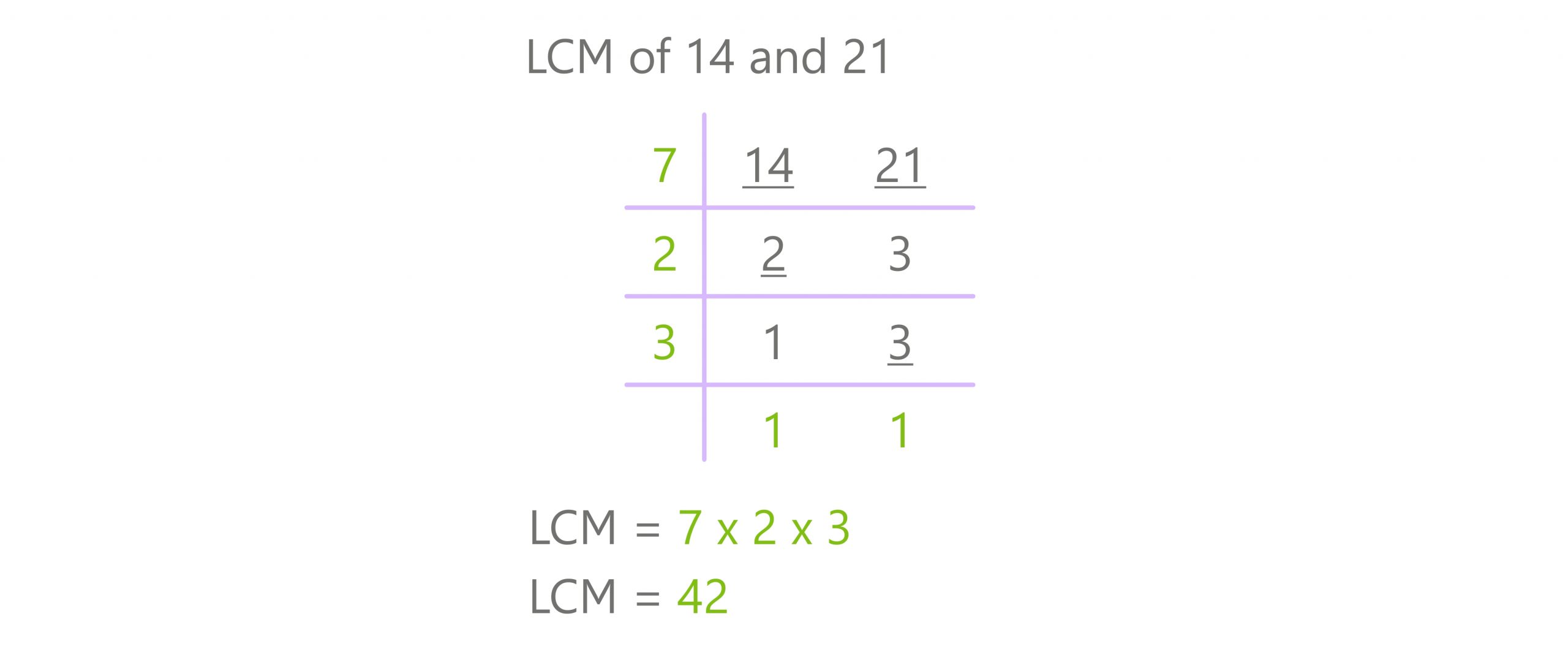
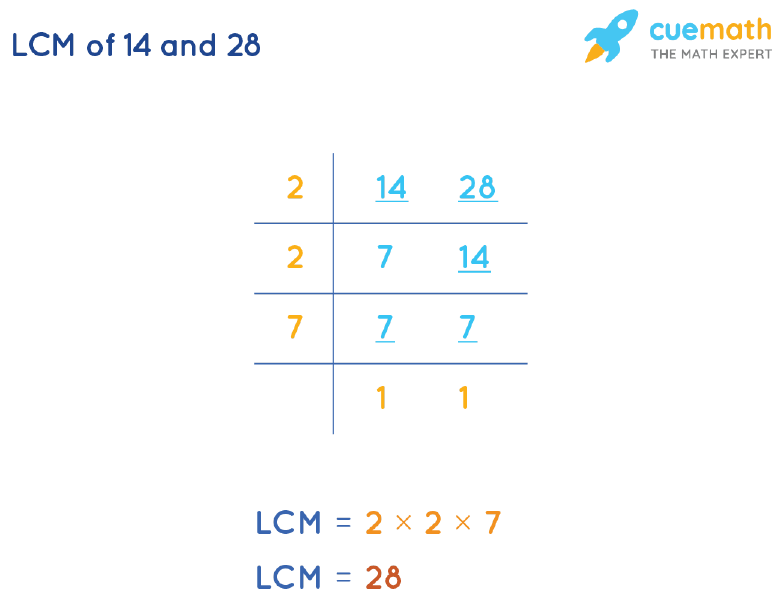
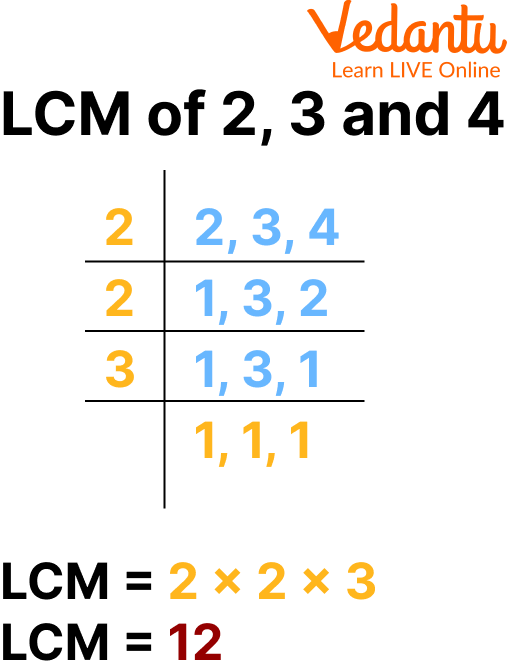

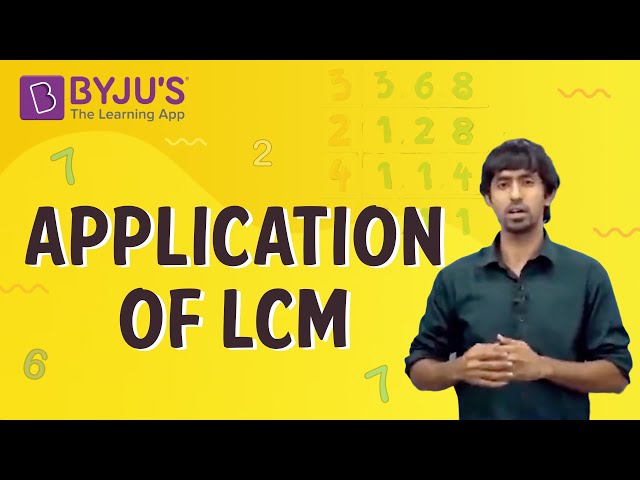
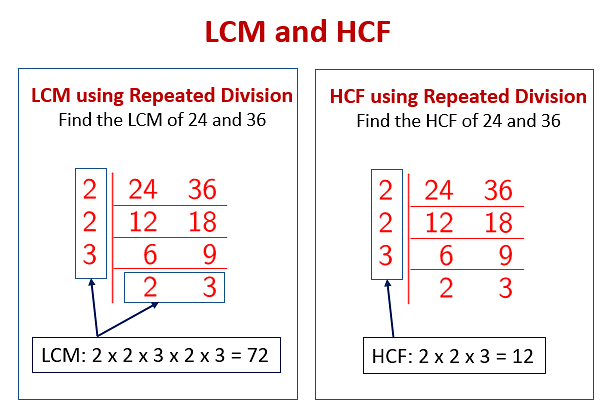

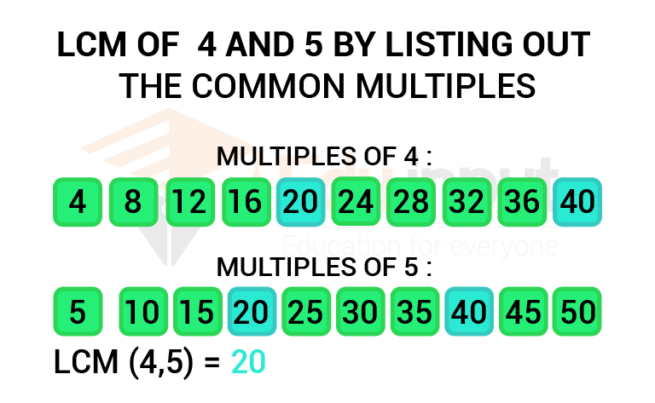
/Activities/Guide62_LeastCommonMultiple-Example-1_v1.png)



